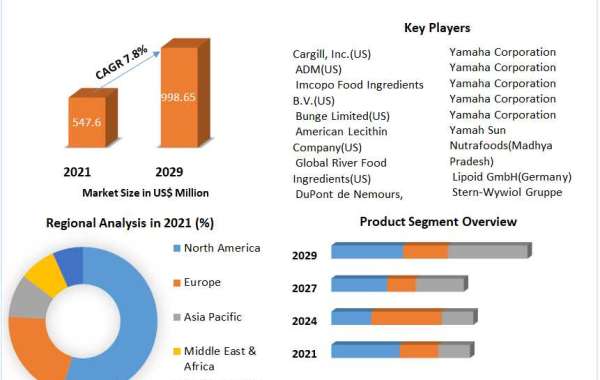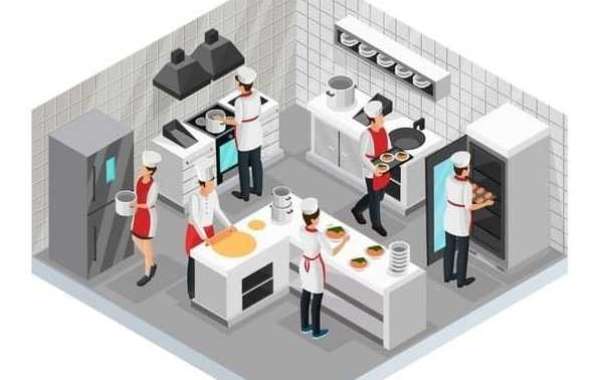Pelletizing methods of Plastic Pelletizing Line
Pelletizing auxiliary machine is the main device in the auxiliary machine of extrusion pelletizing equipment. Pelletizing auxiliary machine according to its work and the role of different, can be divided into two parts of the thermal cutting and cooling, and thermal cutting can be divided into dry cutting, water ring cutting and Water-ring Cutting and other structural methods, their specific working methods and application characteristics are as follows.
Dry cutting of Plastic Pelletizing Line
Dry cutting pellet production method refers to the extruder extrusion strip material immediately after the rotating blade cut into uniform length of the pellet, and then by the fan through the pipeline to the pellet cooling, sieving device. This pelletizing method is suitable for blending and pelletizing of polyethylene materials.
Water ring cutting of Plastic Pelletizing Line
The water ring pelletizing method means that the extruded pellets are immediately pelletized by the rotating blades and thrown into the water ring which is attached to the inner wall of the pelletizing line and rotates at high speed. This production method is suitable for the blending and pelletizing of polyolefin materials.
Underwater cutting of Plastic Pelletizing Line
The underwater cutting method means that the extruded strips are immediately cooled down in water and then cut into pellets, which are then dewatered and dried in a centrifugal dryer by circulating water. This cutting method is more suitable for twin-screw extruder blending raw material cutting pellets, for larger volume production.
Cold cutting pellets of Plastic Pelletizing Line
Cooling pellets refers to the extruded blended and plasticized material, from the Plastic Pelletizing Line barrel in front of the molding die into plastic sheet material, first dropped into the water tank to cool down and then rolled, and then cut pellets with a special pelletizer. This extrusion and pelletizing production method is suitable for the mixing and pelletizing of polyethylene, polypropylene, ABS and polyethylene terephthalate.







